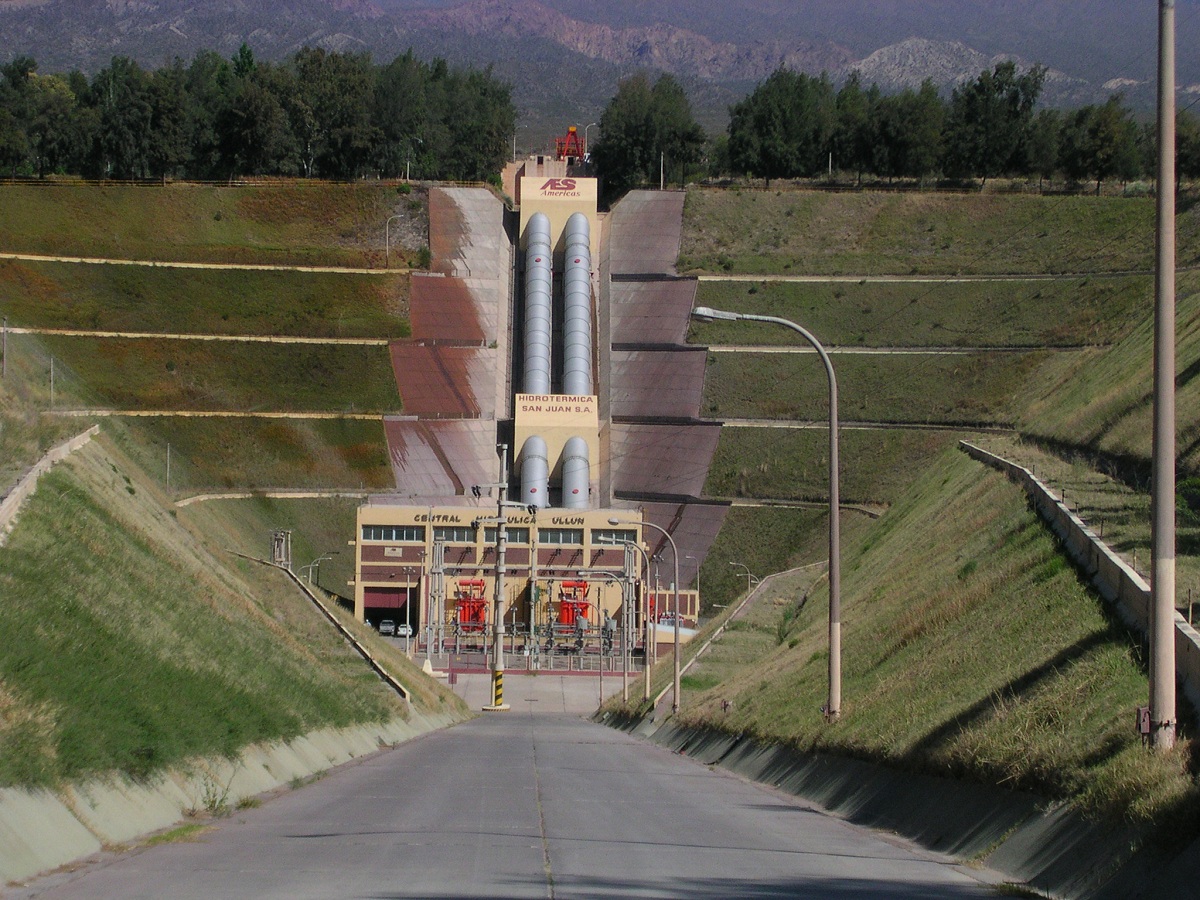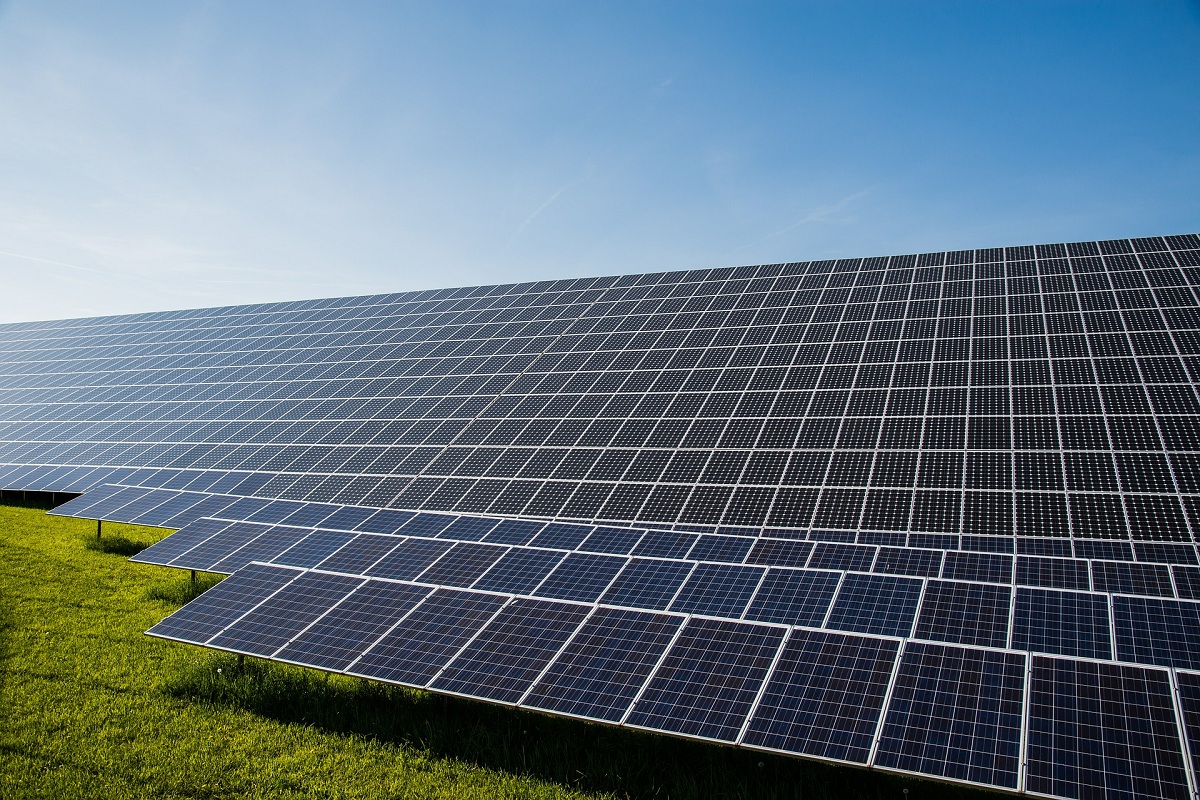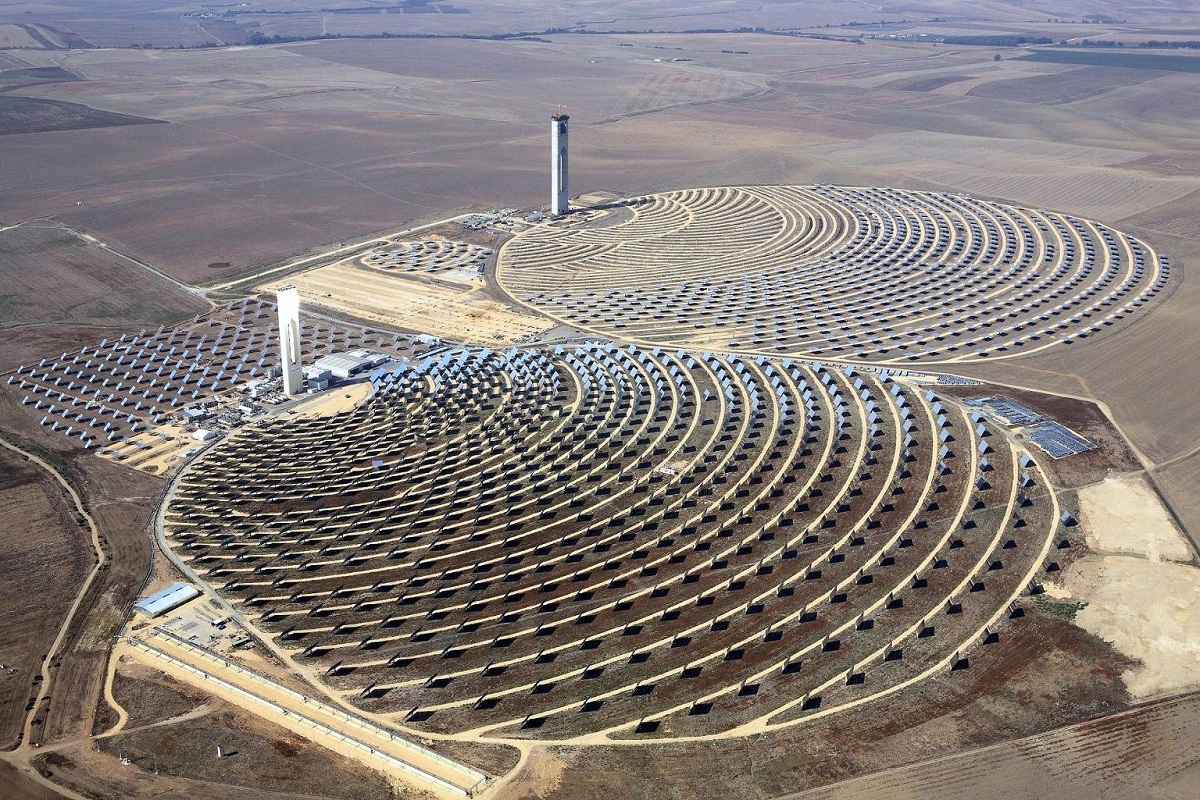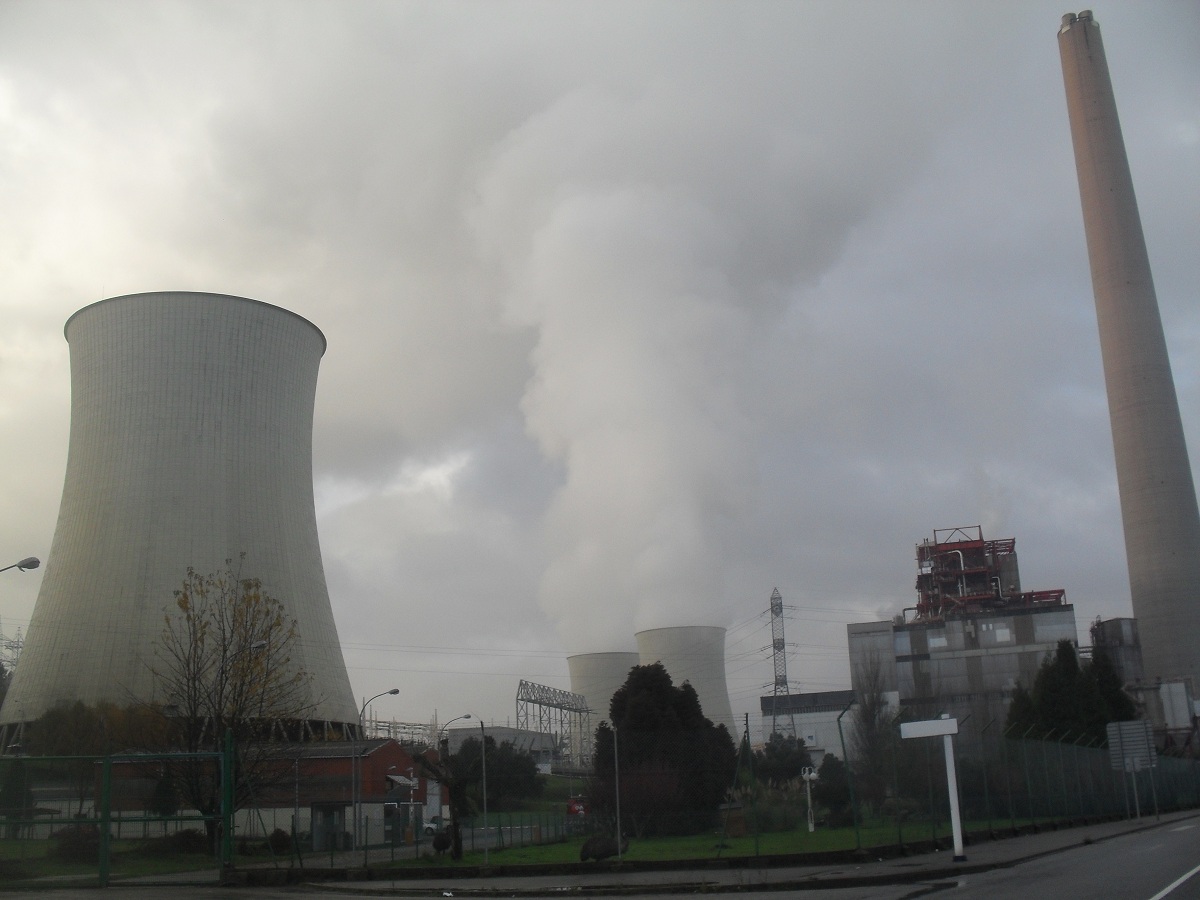
Electricity is a natural phenomenon that can occur in various ways through power plants. The question of the origin of electricity is not simple: to be used as energy, it has to travel a long way. On the other hand, their production capacity and efficiency level, that is, the amount of electricity they can produce from the conversion of primary energy, will depend on the raw materials and the technology used. This is the reason why power plants will depend on energy. In Spain, the main types of power plants They are thermal, nuclear, atmospheric and solar photovoltaic.
In this article we are going to tell you everything you need to know about the different types of power plants that exist and their characteristics.
Types of power plants

Thermal power plant
The turbines of these plants begin to move due to the pressurized steam jets that are obtained by heating the water. Thermal power plants generate electricity in different ways: among them heat
- Classic: They get their energy from burning fossil fuels.
- From biomass: They get their energy from burning forests, agricultural residues or the well-known energy crops.
- From municipal solid waste incineration: They obtain energy by burning the treated waste.
- nuclear power plants: They generate energy through the fission reaction of uranium atoms. On the other hand, solar water heaters heat the water by concentrating the sun's energy and, finally, geothermal plants take advantage of the heat from inside the earth.
wind power plant
As the wind acts on the wind turbine blades, your turbine moves. To do this, a rotor with several blades is installed in the upper part of the tower, which are oriented in the direction of the wind. They rotate around a horizontal axis that acts on the generator. Its operation is limited by the speed of the wind, and wind farms require large areas of land. In Spain, on the other hand, the operating hours of electricity generation are between 20% and 30% of the year, a low value compared to thermal and nuclear power plants, which reach 93%.
However, it must be remembered that it is a clean energy source and these installations do not cause any damage to the environment. The wind farm installed in the port of Bilbao in Ponta Lucero generated 7,1 million kWh of wind energy in Spain in its first five months of operation. It is more beneficial for these parks to be built by the sea, since the air tends to circulate in bursts and is more stable than on land.
solar power plant

There are different types of these power plants. Among them, solar thermal power plants take advantage of the sun's heat to heat water and use the steam produced by the heating to move turbines. There are also photovoltaic solar power plants, since Photovoltaic cells are responsible for converting solar energy into electricity.. In Spain we have two important factories: the Puertollano and Olmedilla de Alarcón photovoltaic parks. Both are in Castilla-La Mancha.
hydroelectric power plant
The turbines of these plants are driven by high speed water flow. These take advantage of waterfalls, whether natural, that is, uneven waterfalls and rivers, or artificial waterfalls integrated into reservoirs. In addition to the electrical energy are capable of producing, they are also divided or classified according to the power they possess. On one side are the large hydroelectric plants, the small hydroelectric plants and the micro hydroelectric plants.
tidal power station
Its operation has similarities with hydroelectric power plants. But these take advantage of the difference in sea level between high and low tides. Tidal power plants are also considered those that take advantage of the movement of the waves to move turbines. On the other hand, there are also ocean currents, which take advantage of the kinetic energy of ocean currents or the ocean. This approach has little environmental impact because no dams are built to disrupt the ecosystem.
How the types of power plants work
A thermal power plant is a thermal power plant whose objective is to convert thermal energy into electricity. This conversion is done by a steam/thermal water turbine cycle. That's the Rankine cycle. In this case, the steam source will produce the steam that drives the turbine.
One type of thermal power plant is the combined cycle. In a combined cycle plant there are two thermodynamic cycles:
- Breton cycle. This cycle works with a combustion gas turbine, usually natural gas.
- Rankine cycle. This is a conventional steam-water turbine cycle.
In all thermal power plants, three elements are required to generate electricity:
- a steam turbine. Turbines convert thermal energy into kinetic energy.
- An alternator that converts mechanical energy into electrical energy.
- Transformer that modulates the current obtained in alternating current with the desired potential difference.
Importance of a nuclear reactor

A fusion reactor is a facility where nuclear fusion reactions take place in fuel made up of hydrogen isotopes (deuterium and tritium), releasing energy in the form of heat, which then it turns into electricity.
There are currently no fusion reactors that can harvest electricity, although there are research facilities to study fusion reactions and the technology that will be used in these plants in the future.
In the future, fusion reactors will be divided into two types: those that use magnetic confinement and those that use inertial confinement. A magnetic confinement fusion reactor consists of the following components:
- A reaction chamber bounded by a metal wall.
- Assuming the fuel in the reaction chamber is deuterium-tritium, a layer of material made up of lithium that draws heat from the metal walls and produces tritium.
- Some large coils generate magnetic fields.
- A kind of radiation protection.
The inertial confinement fusion reactor will include:
- reaction chamber, smaller than the previous one, it is also limited by metal walls.
- Lithium coverage.
- Is used for facilitate the penetration of light beam particles or ions from a laser.
- Radioprotection.
I hope that with this information you can learn more about the types of power plants that exist and their characteristics.